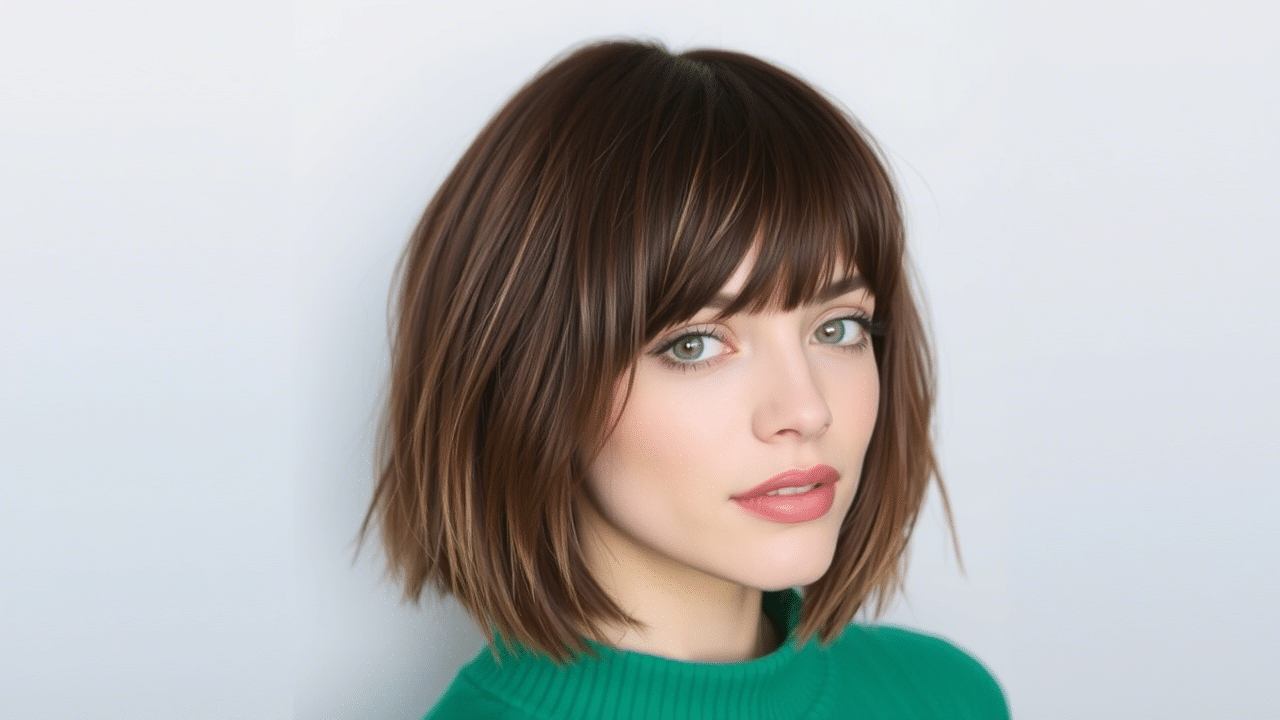The humble shag haircut is having more than just a moment. It’s staging a full-blown revolution on our social feeds, salon chairs, and streets worldwide. Remember when “the Rachel” dominated the 90s? The modern shag is that level of ubiquity—but with a decidedly edgier attitude and surprisingly more versatility.
I’ve been a hair stylist for over 15 years, and lemme tell you—I haven’t seen a trend catch fire quite like this since the pixie revival of 2013. What makes today’s short shag so different is how it manages to feel both nostalgic and completely fresh simultaneously.
But why exactly has this choppy, layered style captured everyone’s imagination? And more importantly, why does it seem to work on literally everyone?
The Short Shag Renaissance: Not Your Mother’s Haircut
The shag haircut isn’t new. Far from it. It first strutted onto the scene in the 1970s, with icons like Jane Fonda and Stevie Nicks making it synonymous with rock-n-roll rebellion.
Today’s version has evolved. It maintains that effortless cool-girl energy but with modern techniques that make it more wearable for everyday life. The contemporary short shag typically hits somewhere between the chin and shoulders, features loads of layers, and often includes some version of curtain bangs or fringe.
“What we’re seeing now is a hybrid between the classic 70s shag and the lived-in textured cuts that have dominated the last decade,” explains celebrity stylist Marcus Chen. “It’s the perfect storm of nostalgia and practicality.”
The pandemic played a role too. As people grew out their precise cuts during lockdowns, many embraced a more tousled, imperfect look. The shag was waiting with open arms, ready to transform overgrown locks into intentional styles.
Why Short Shags Work For Almost Everyone
Here’s the real magic of the short shag: it’s almost universally flattering. I’ve cut hundreds of shags on clients with different face shapes, hair textures, and personal styles. The success rate is staggering.
The reason? Adaptability. Unlike more rigid styles, the shag can be customized to enhance your best features while downplaying anything you’re less confident about.
Round face? A longer shag with side-swept bangs creates the illusion of length. Square jaw? Soft layers around the face soften angular features. Heart-shaped face? A shag with fuller bangs balances a narrower chin. The variations are endless.
“It’s not a one-size-fits-all approach,” says renowned hair educator Sophia Williams. “A good stylist will modify the basic shag blueprint to complement your unique facial structure and hair type.”
Age ain’t nothing but a number with this versatile cut. The shag works for everyone from Gen Z trendsetters to baby boomers looking for a style that’s both contemporary and age-appropriate. That’s because the foundational elements—movement, texture, and face-framing—are universally flattering regardless of age.
The Classic Bob Shag
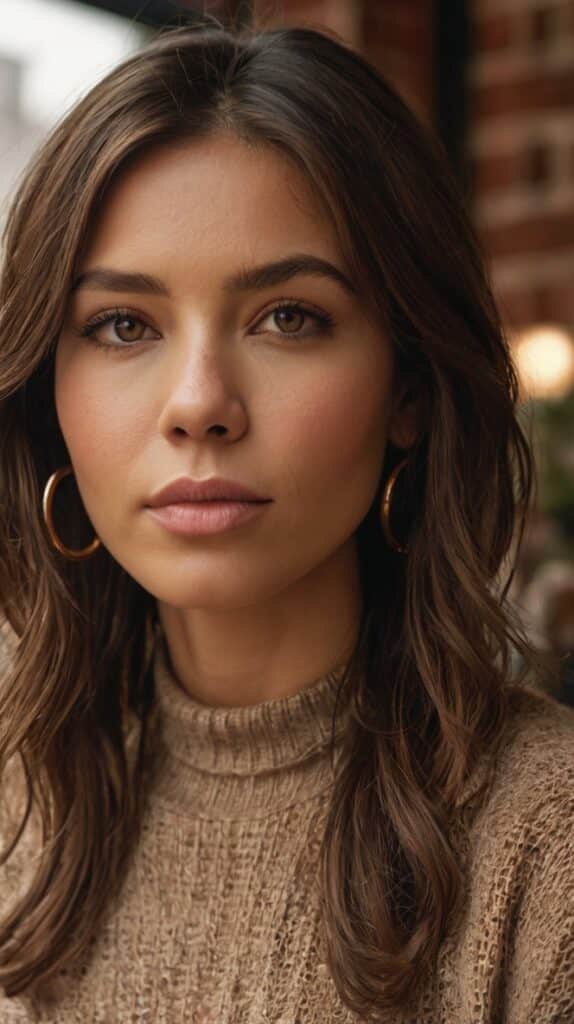
The bob-shag hybrid might be the most wearable iteration for shag newbies. It combines the structure of a bob with the textured, layered approach of a shag.
“This is my go-to recommendation for clients who want something fresh but aren’t ready for a full-blown shag commitment,” says New York-based stylist Jamie Rodriguez. “It gives you that cool-girl texture without sacrificing the clean lines of a bob.”
What makes this version work is the balance. The length typically sits at or just above the shoulders, with internal layers that create movement without sacrificing the strong perimeter. The bangs are usually longer and can be swept to either side, making them low-maintainence and growout-friendly.
For styling, this cut thrives with minimal effort. A bit of texturizing spray and some scrunching will enhance the natural texture. Those with straighter hair might need a few minutes with a flat iron or curling wand, bending pieces in alternating directions for that effortless tousle.
The Pixie Shag: Short and Statement-Making
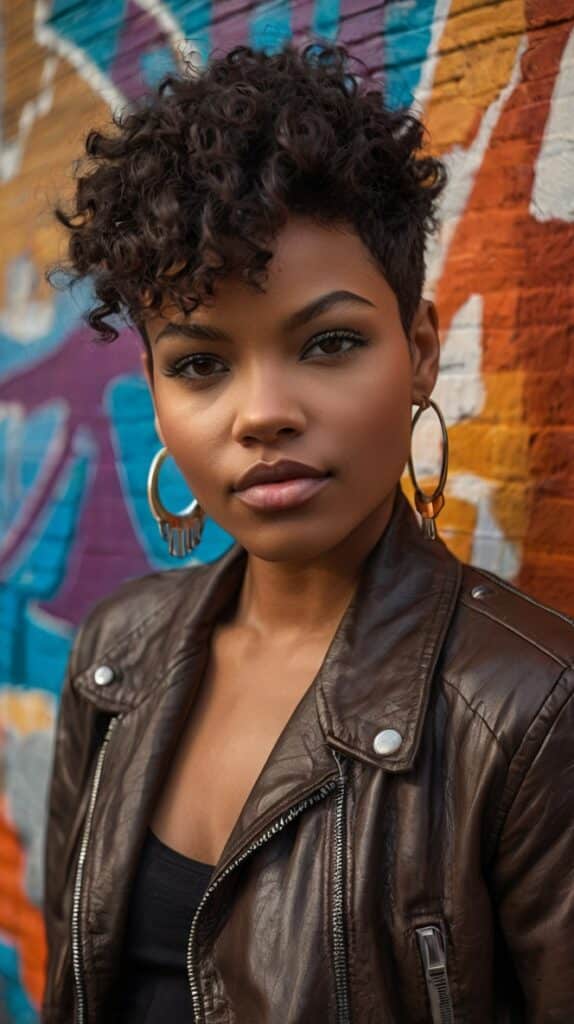
For the brave souls among us, the pixie shag offers maximum impact with minimal length. This ultra-short variation keeps the signature shag texture while eliminating length altogether.
“The pixie shag is for the confident woman who doesn’t want to hide behind her hair,” says celebrity stylist Dominique Patel. “It’s bold but surprisingly versatile.”
The key difference between a traditional pixie and a pixie shag is the texture. While classic pixies often feature sleek, precise lines, the pixie shag embraces choppiness and piece-y definition. Think less Michelle Williams, more Ruby Rose.
Styling is a breeze—literally takes minutes. A small amount of pomade or texture paste worked through with fingertips is usually all that’s needed. The beauty of this cut is it’s deliberatly messy nature—bedhead actually enhances the look rather than ruins it.
One client told me after getting a pixie shag: “I’ve never gotten so many complements on my hair, and I’ve never spent less time on it.” That’s the magic formula right there.
The Curly Shag: Embrace Your Texture
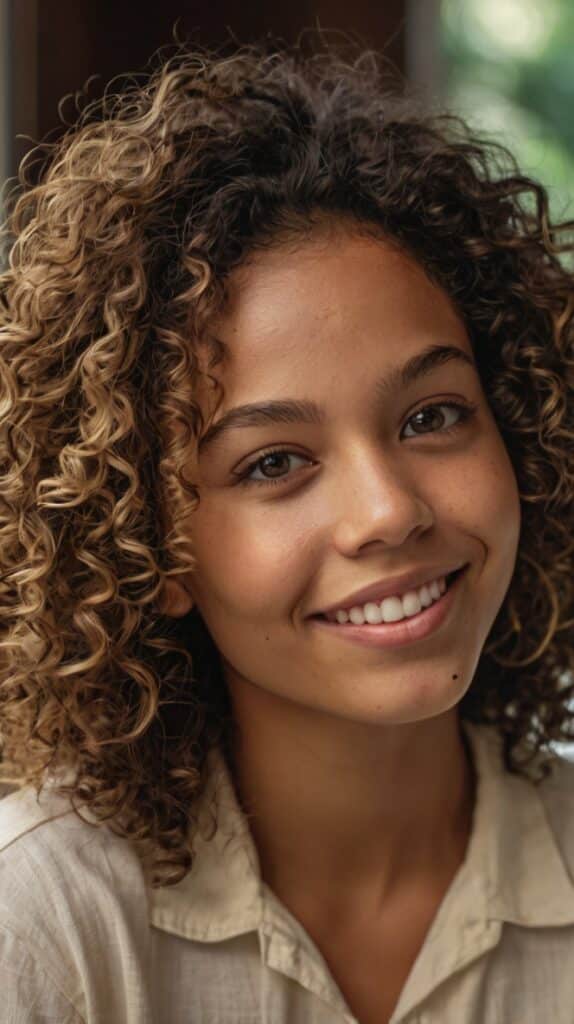
For those blessed with natural curls or waves, the curly shag might be the most revolutionary option of all. It’s a celebration of texture rather than an attempt to tame it.
Historically, many shag cuts were designed with straighter hair in mind. Today’s stylists have adapted the technique to enhance natural curl patterns, creating a shape that works with—not against—natural texture.
“The curly shag is all about strategic cutting to remove weight while maintaining the integrity of the curl pattern,” explains curl specialist Ava Johnson. “When done right, it allows curls to spring up and do their natural thing.”
The key to a successful curly shag is dry cutting. By cutting the hair in its natural, dry state, stylists can see exactly how each curl behaves and cut accordingly. This prevents the dreaded “shrinkage surprise” when wet-cut curls dry much shorter than anticipated.
Styling typically involves a cocktail of moisturizing products applied to wet hair, followed by either diffusing or air-drying. The beauty of the curly shag is it often looks better on day two or three, making it ideal for those who prefer not to wash their hair daily.
The Bixie Shag: The Perfect In-Between
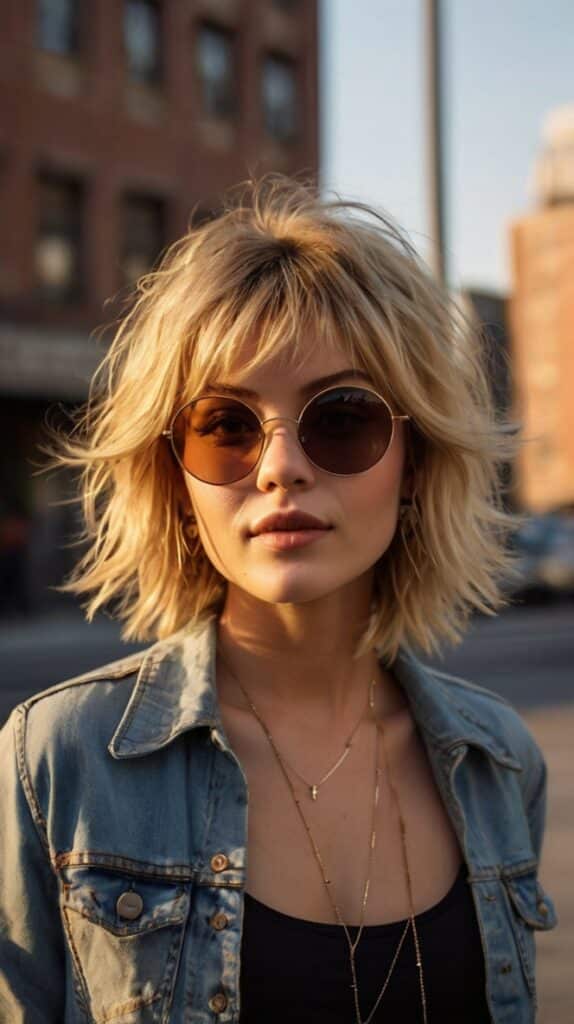
Can’t decide between a bob and a pixie? The “bixie” shag combines elements of both for a versatile, face-framing style that works on multiple hair textures.
“The bixie shag sits right in that sweet spot between short and medium length,” says editorial stylist Michael Chen. “It’s longer than a pixie but shorter and more layered than a bob, giving you the versatility of both worlds.”
This cut typically features very short layers at the crown with gradually longer pieces around the face and nape. The result is a mushroom-like shape with lots of movement and dimension.
What makes the bixie shag so popular is its chameleon-like quality. It can be styled sleek and sophisticated for work or tousled and textured for weekends. It grows out beautifully, too, evolving into new shapes rather than simply looking overgrown.
For fine-haired clients, the bixie shag creates the illusion of thickness and volume. For those with thick hair, it removes bulk while maintaining character. It’s truely a win-win.
The Shaggy Lob: Longer but Not Boring
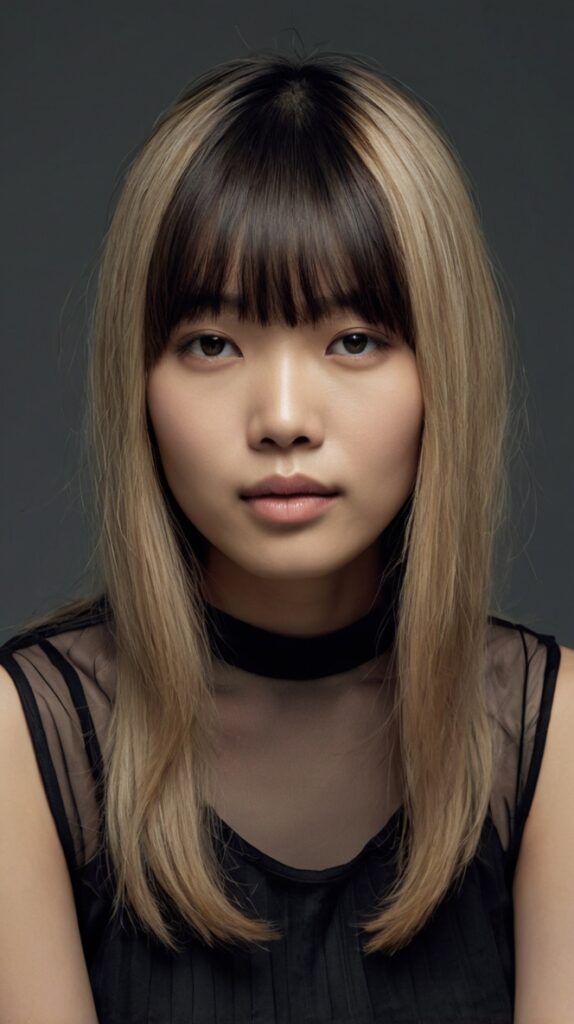
The shaggy lob (long bob) extends the classic shag principles to a slightly longer length. It’s perfect for those who want the shag aesthetic but aren’t ready to go too short.
“This is my most-requested cut right now,” says Beverly Hills stylist Tara Williams. “It gives you all the cool factor of a shag but with the versatility of longer hair.”
The shaggy lob typically sits at or just below the collarbone, with layers that begin at the chin or higher. Face-framing pieces are essential, as are internal layers that remove bulk and create movement throughout.
What separates a shaggy lob from a regular lob is the intentional disconnection between the layers. Rather than blended transitions, the shaggy lob embraces more obvious layer distinction, creating that signature shag texture.
The beauty of this length is its styling versatility. It can be worn air-dried and tousled for an effortless weekend look, or blown out with a round brush for more polished occasions. It’s long enough for updos but short enough to avoid the dreaded “hair curtain” effect.
The French Girl Shag: Effortless Chic

The French girl shag channels that je ne sais quoi that makes French women’s style so coveted. It’s messy yet deliberate, undone yet sophisticated.
“The French girl shag is all about that ‘I woke up like this’ vibe that somehow still looks intentional,” explains Paris-trained stylist Isabelle Moreau. “It’s the haircut equivalent of no-makeup makeup.”
This variation typically features a full fringe (often curtain-style), with face-framing layers that blend into longer, more subtle layers throughout. The overall effect is slightly disheveled but in the most flattering way possible.
Styling is minimal by design. Most French girl shags look best with air-dried texture enhanced by a small amount of styling product. The goal isn’t perfection—it’s that elusive cool-girl nonchalance.
What makes this style so popular is its low-maintainence appeal combined with high-impact results. It doesn’t require daily styling, in fact, it often looks better on day two or three, and the grow-out phase is remarkably forgiving.
The Mullet Shag: Business-Casual in the Front
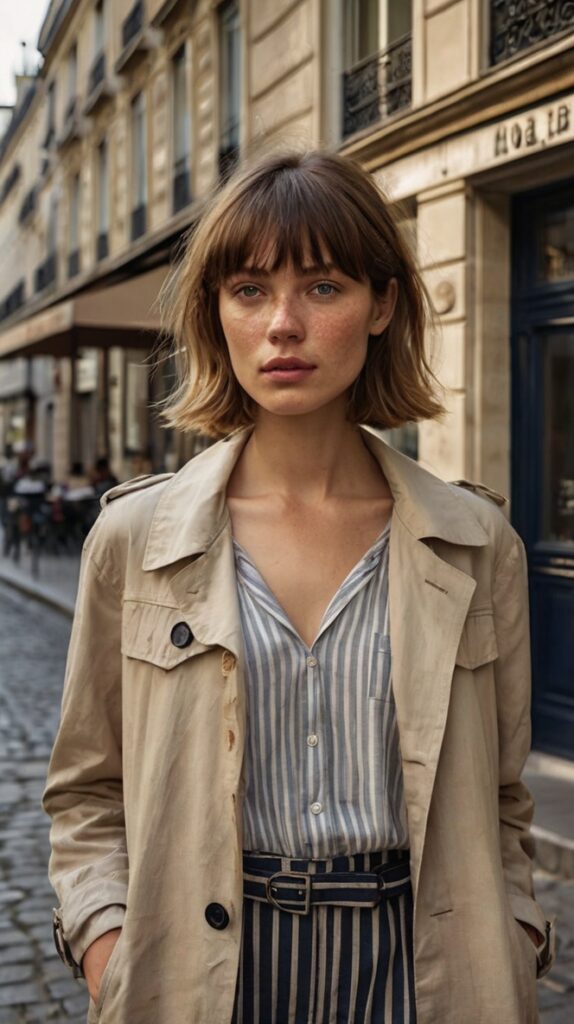
Yes, the mullet is back—but not in the way you remember from the 80s. Today’s mullet shag is a softer, more wearable interpretation of the “business in front, party in back” classic.
“The modern mullet shag is much more subtle than its predecessor,” says editorial stylist Liam Parker. “It maintains the shorter front/longer back principle but with more blending and texture throughout.”
This version features face-framing layers and often curtain bangs, with gradually increasing length toward the nape. The transition is smoother than traditional mullets, making it more versatile for everyday wear.
What’s surprising is how flattering this cut can be. The shorter front sections highlight the eyes and cheekbones, while the longer back maintains femininity and movement. It’s edgy without being costumey.
Styling varies based on natural texture, but most mullet shags benefit from products that enhance texture and separation. A sea salt spray or texture powder can help emphasize the deliberate disconnect between lengths.
The Wolf Cut: TikTok’s Favorite Shag
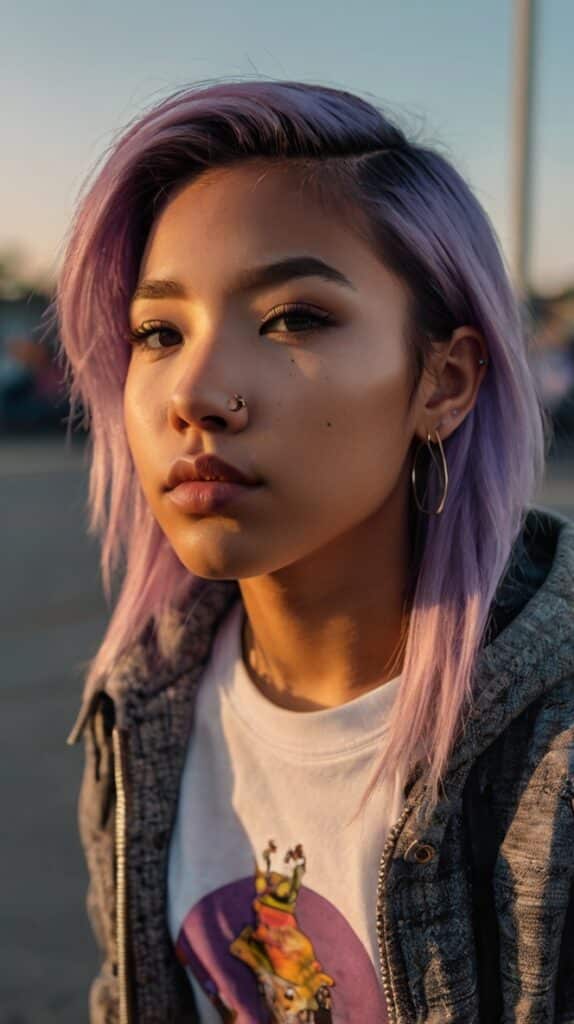
If you’ve spent any time on TikTok or Instagram in the past year, you’ve seen the wolf cut. This K-pop and anime-inspired style combines elements of the shag and the mullet for maximum impact.
“The wolf cut exploded during the pandemic because it was something people could actually achieve at home,” explains social media hair trend analyst Maya Johnson. “The dramatic, disconnected layers created a statement look that photographed well for social media.”
Characterized by short, choppy layers on top that transition to longer layers at the bottom, the wolf cut creates a dramatic silhouette that’s instantly recognizable. Bangs are typically full and heavy, adding to the distinctive shape.
What makes the wolf cut work is its ability to add volume and movement to even the finest hair. The shorter top layers create lift at the crown, while the longer bottom layers maintain length and versatility.
Despite its dramatic appearance, the wolf cut is surprisingly wearable for everyday life. It can be styled with minimal effort—some texture spray and scrunching usually does the trick—and grows out into a more traditional shag over time.
The Shattered Shag: Precision With Edge
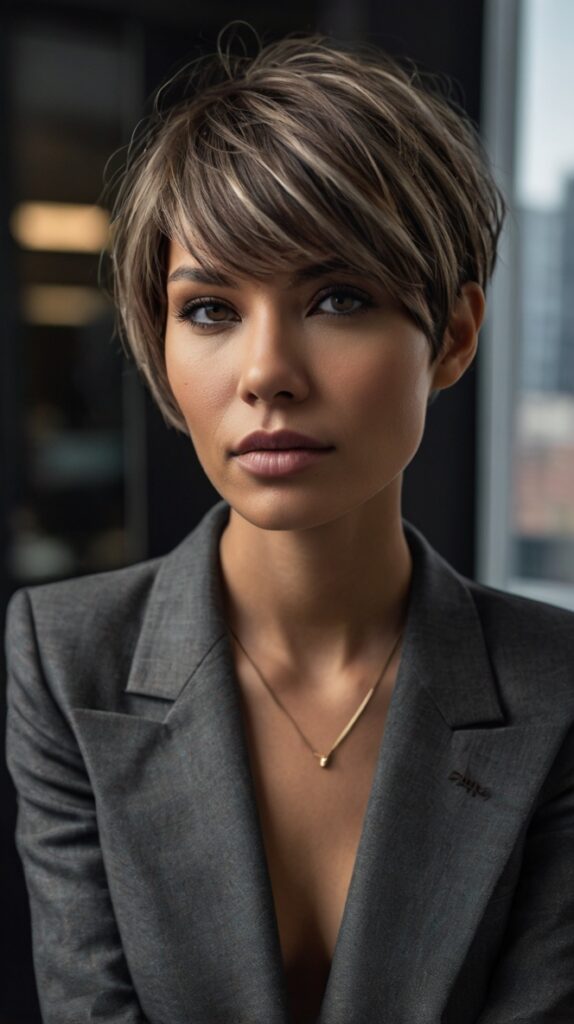
For those who prefer a more refined approach to the shag trend, the shattered shag offers technical precision with an edgy twist.
“The shattered shag uses point-cutting and slide-cutting techniques to create incredibly fine, detailed layers,” explains technical cutting specialist Jason Wong. “The result is more refined than a traditional shag but with all the movement and texture.”
This variation typically features finer, more numerous layers that create a “shattered” or feathered effect throughout the hair. The ends are often texturized rather than blunt, creating soft movement rather than obvious disconnection.
What makes the shattered shag stand out is its versatility across different hair types. For fine hair, it creates the illusion of fullness without removing too much weight. For thick hair, it removes bulk while maintaining a polished appearance.
Styling can range from sleek and straight to tousled and wavy, making it appropriate for various settings from corporate offices to weekend brunches. It’s the chameleon of the shag world.
The Asymmetrical Shag: Off-Center in the Best Way
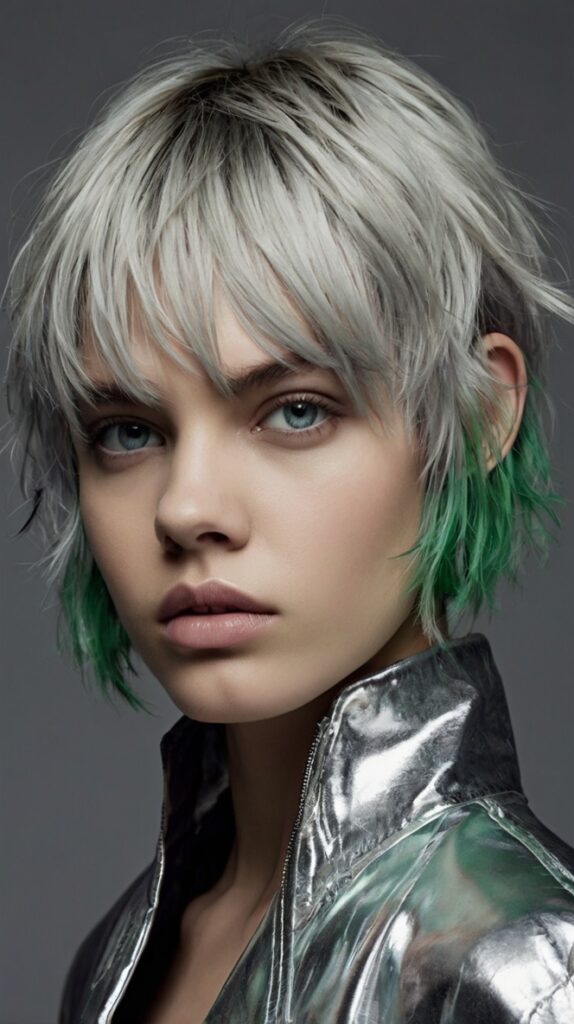
For those looking to make an even bolder statement, the asymmetrical shag combines the texture and layers of a traditional shag with an off-center or uneven perimeter.
“The asymmetrical shag is for clients who want something truly unique,” says avant-garde hair artist Rachel Kim. “It takes the standard shag formula and adds an unexpected twist that draws the eye.”
This variation might feature a dramatically shorter side, an intentionally uneven perimeter, or strategically placed longer pieces that create visual interest. The asymmetry can be subtle or dramatic, depending on personal preference.
What makes this style work is the contrast between the familiar shag elements—texture, layers, movement—and the unexpected asymmetrical elements. This juxtaposition creates a haircut that feels both classic and innovative.
Styling typically emphasizes the asymmetrical elements, whether through straightening to highlight the uneven lines or adding texture to enhance the deliberate disconnection. Either way, it’s a conversation-starting style that’s not for the faint of heart.
Why the Shag Trend Is Here to Stay
Unlike fleeting hair fads (anyone remember “the Rachel”?), the shag has proven its staying power. It’s evolved through decades, adapting to changing aesthetics while maintaining its core principles.
“The shag works because it’s fundamentally about enhancing what’s already there,” explains hair historian and trend forecaster Dr. Emma Richards. “It’s not fighting against natural texture or growth patterns—it’s working with them.”
This philosophy makes the shag inherently sustainable in an industry often driven by constant change. Rather than requiring frequent maintenance cuts, most shag variations grow out gracefully, evolving into new shapes rather than simply looking unkempt.
The shag also bridges the gap between practical and fashionable. It’s not just a statement cut—it’s genuinely easy to live with. In our increasingly busy world, styles that don’t require hours of daily maintenance have obvious appeal.
So next time you’re scrolling through Instagram coveting yet another perfect shag on your feed, remember: this isn’t just another passing trend. The shag has earned its place in the hair hall of fame by doing what truly great haircuts do—making people feel like the best version of themselves with minimal effort.
And isn’t that what we’re all looking for, anyway?

Sandra is an experienced blogger and the voice behind many engaging stories on Curl Moods. With a passion for lifestyle, wellness, and authentic storytelling, she brings warmth and insight to every post. Her writing reflects a deep understanding of her readers’ moods and moments.
